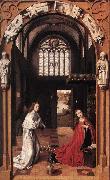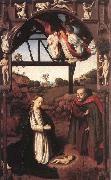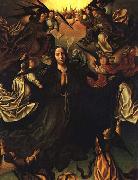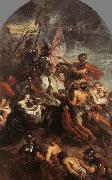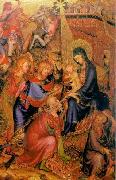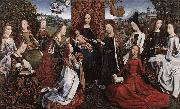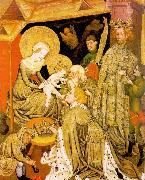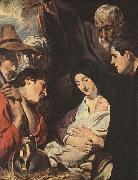huile sur la toile, vraie saveur de vieux maîtres.
|
|||||||||
| Artiste: FERNANDES, Vasco | |||||||||

| |||||||||
|
|
|||||||||
|
|
|||||||||
| Artiste: CHRISTUS, Petrus | |||||||||

| |||||||||
|
|
|||||||||
|
|
|||||||||
| Artiste: CHRISTUS, Petrus | |||||||||

| |||||||||
|
|
|||||||||
|
|
|||||||||
| Artiste: unknow artist | |||||||||

| |||||||||
|
|
|||||||||
|
|
|||||||||
| Artiste: RUBENS, Pieter Pauwel | |||||||||

| |||||||||
|
|
|||||||||
|
|
|||||||||
| Artiste: unknow artist | |||||||||

| |||||||||
|
|
|||||||||
|
|
|||||||||
| Artiste: unknow artist | |||||||||

| |||||||||
|
|
|||||||||
|
|
|||||||||
| Artiste: unknow artist | |||||||||

| |||||||||
|
|
|||||||||
|
|
|||||||||
| Artiste: Master of the Saint Lucy Legend | |||||||||

| |||||||||
|
|
|||||||||
|
|
|||||||||
| Artiste: unknow artist | |||||||||

| |||||||||
|
|
|||||||||
|
|
|||||||||
| Artiste: JORDAENS, Jacob | |||||||||

| |||||||||
|
|
|||||||||
|
|
|||||||||
| Artiste: CHRISTUS, Petrus | |||||||||

| |||||||||
|
|
|||||||||
|
|
|||||||||
Tableau::. All people >> religious
(Acheter un tableau?)







